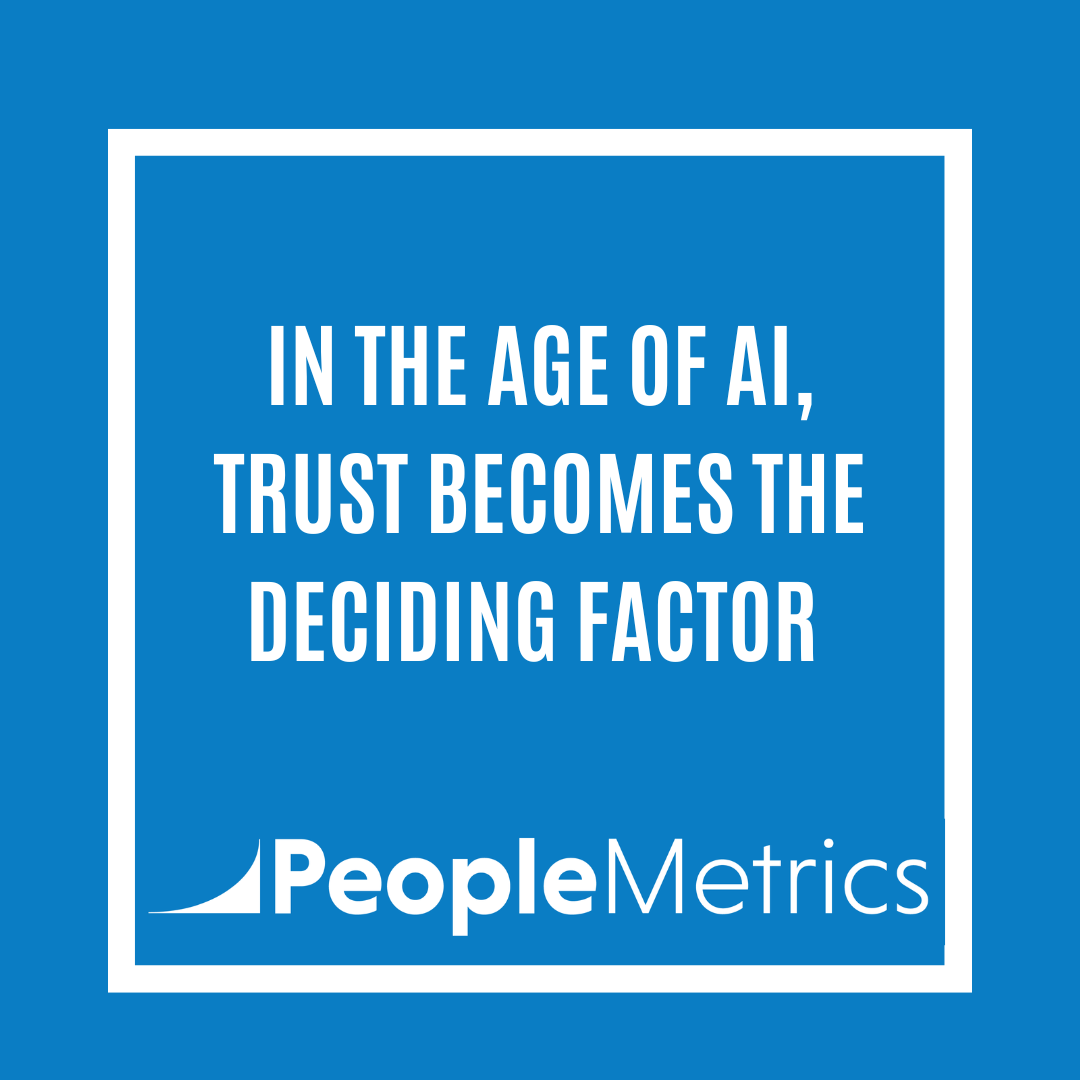When we work with future clients, we often get a lot of questions about customer experience metrics.
But sometimes buyers get stuck on the golden metric. The world champ. The metric to rule them all. The one number that everyone and every business should focus on.
Let me be straightforward: there isn't one.
We don't have a universal measurement that every company can use to improve customer experience. The best customer experience metric for a business depends on that business. It's a matter of fit.
There. I'm glad we got that out of the way.
Knowing that choosing a measurement is about finding the best fit for your goals, let's take a look at two of the most popular sizes. Today, we’ll look at transactional metrics. So lets get started: how should you decide between customer satisfaction and customer effort when evaluating specific interactions with your company?
Using Customer Satisfaction
Customer satisfaction (often abbreviated to CSAT) centers on the level of satisfaction a customer feels after interacting with your experience. It's typically gauged by response to one question:
“Overall, how satisfied were you with your recent [insert interaction] with us?”
The response usually lives on a scale from "not at all satisfied" to "extremely satisfied."
If you consider the wording, you may recognize that customer satisfaction is based on meeting the needs of customers. It's more transactional than emotional. As such, customer satisfaction serves well if your business is focused on functional qualities of the customer experience like delivery and speed.

When should you use customer satisfaction metrics? Here are a few examples:
- When you're gauging whether customers are able to satisfy their basic needs.
- When you're testing pilot initiatives.
- When you're focusing on key, time-driven elements of the experience (e.g., checkout times, online purchasing).
- When you're performing quality spot checks on elements of the customer experience.
Using the Customer Effort Score
The customer effort score (often abbreviated to CES) is a measure of how much effort a customer expends to accomplish his or her goals. It’s typically gauged by responses to one question:
"How much effort did you personally have to put forth to handle your request?"
The response scale goes from “much less effort than expected” to “much more effort than expected.”
If you consider the metric’s title and the construction of the question above, you should see that the CES is concerned with transactional ease. It’s typically used when companies want to lessen complexities in their customer experience.

When should you use the customer effort score? Here are few examples:
- When you’re working on finding sticking points in your customer experience.
- When you’re trying to streamline processes and remove complexity (e.g., online checkout, call center interactions).
- When you’re trying to prevent customers from leaving before achieving goals.
- When you’re designing mobile experiences.
About Transactional Customer Experience Metrics
Both customer satisfaction and customer effort are strong choices for examining functional elements of the customer experience. But they’re not particularly well suited for measuring complex emotional relationships between your customers and your company. That means they’re not effective in gauging longer-term intent, or whether customers will return for future business.
If you want to know more about metrics like that, check out our next post that explains the difference between Net Promoter Score and Customer Engagement.
In the Meanwhile
Don’t hesitate to contact us if you have any questions. If you’re interested in learning more about common questions concerning customer listening and Voice of the Customer, you can also take a look at our FAQ page:
* * *





